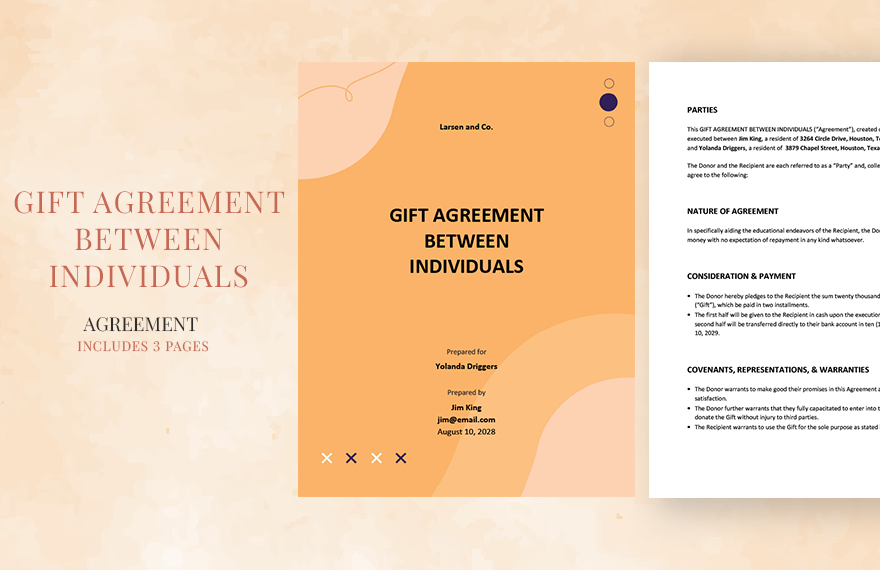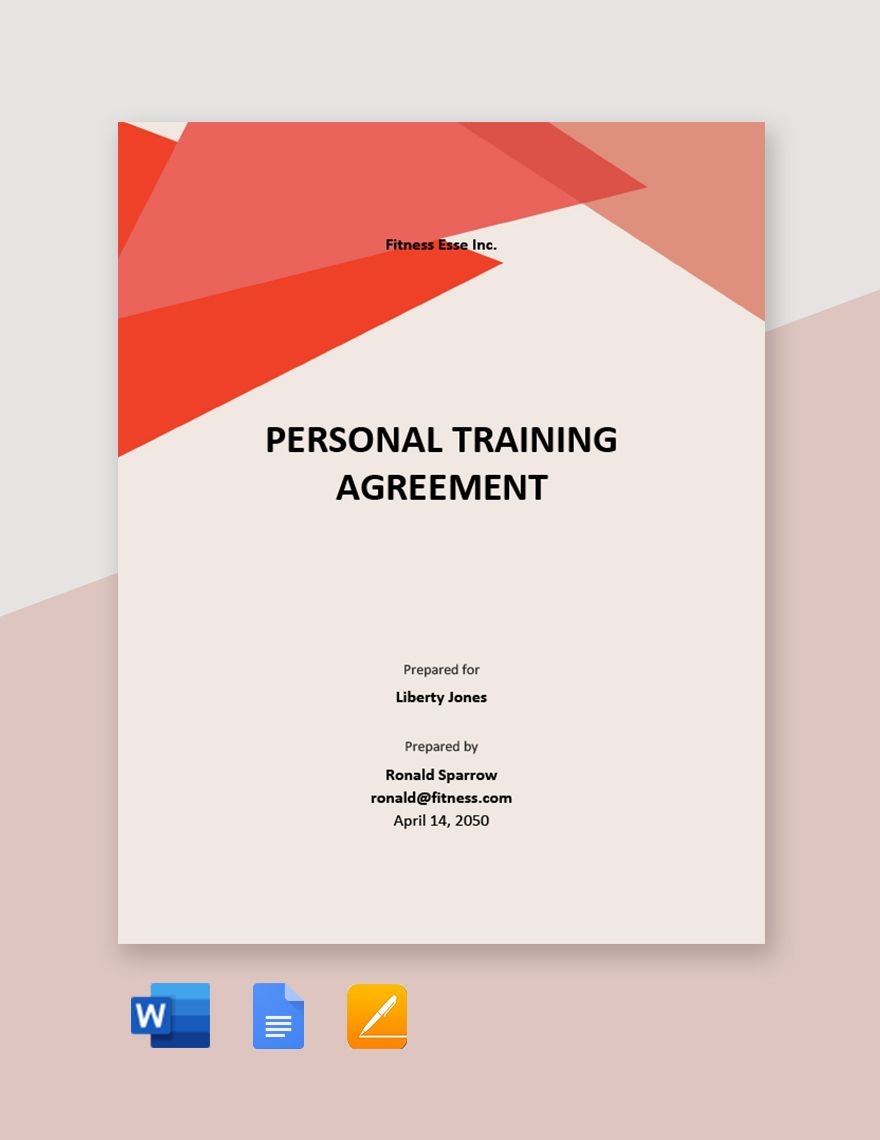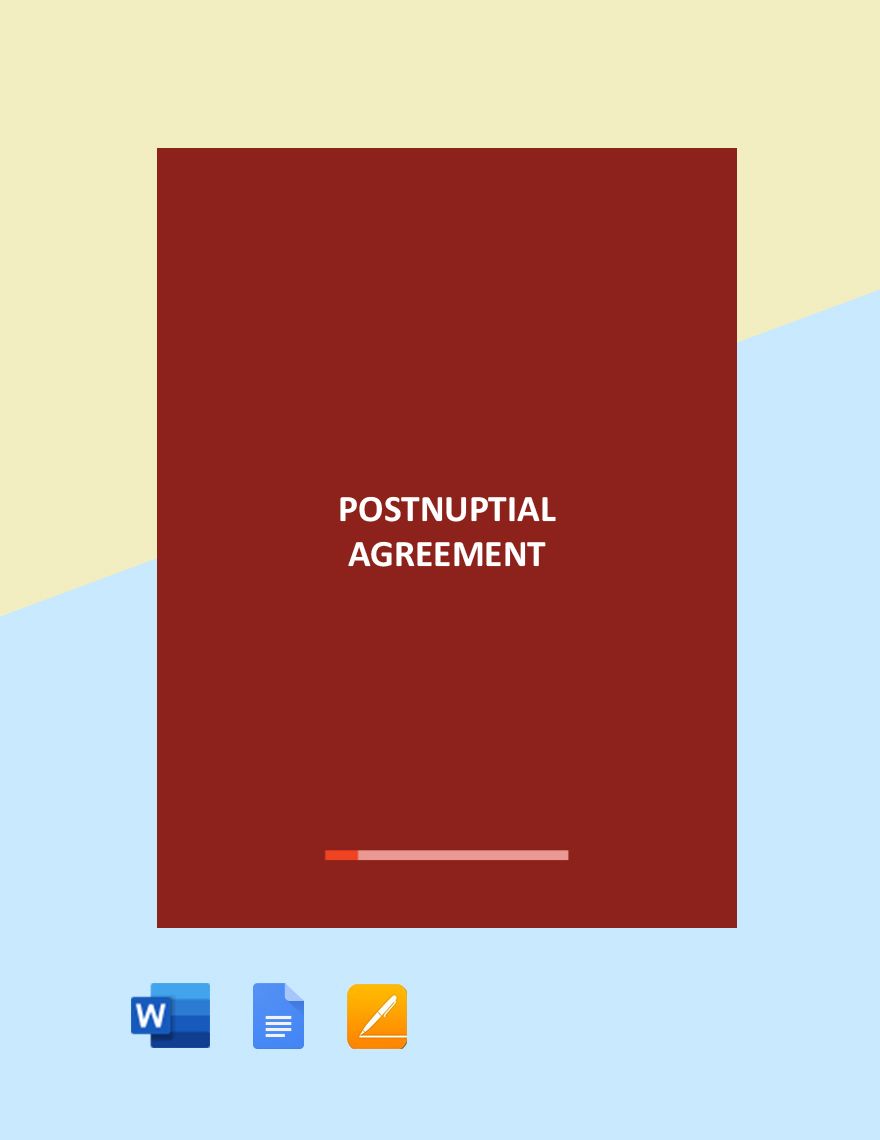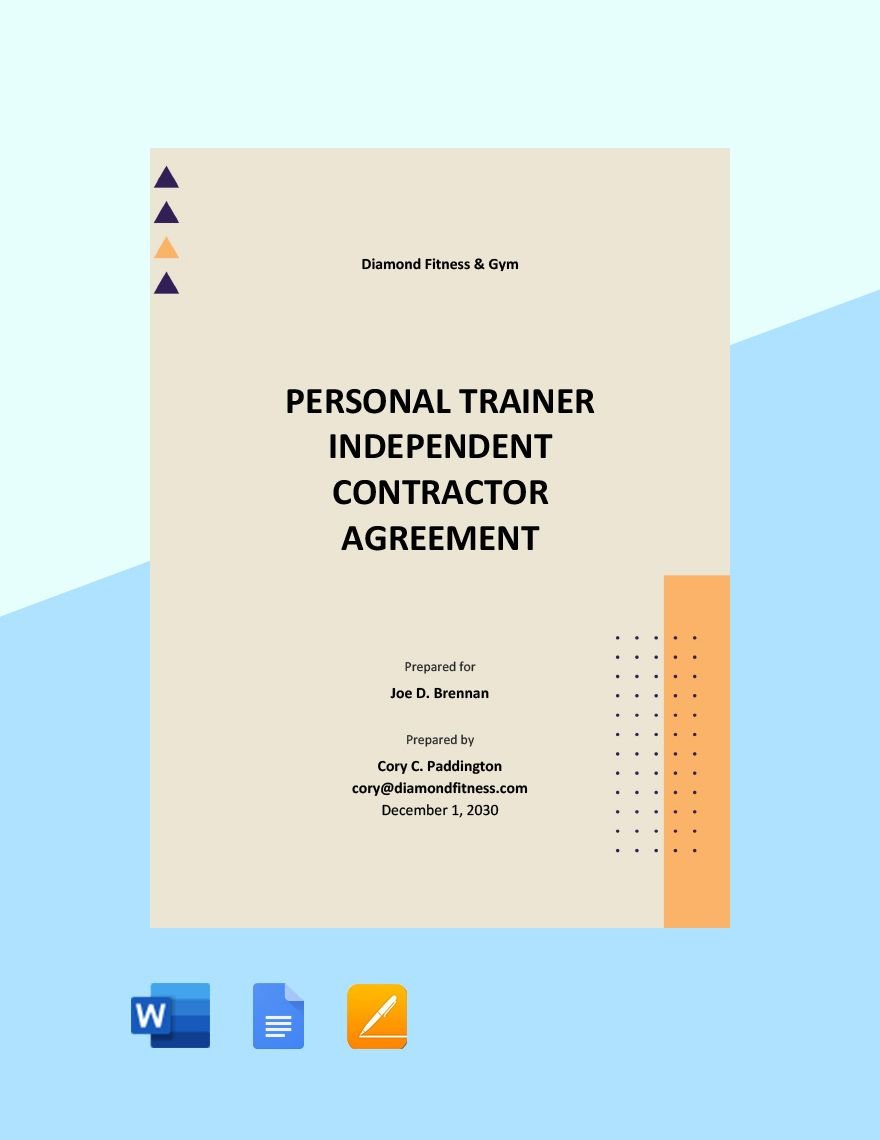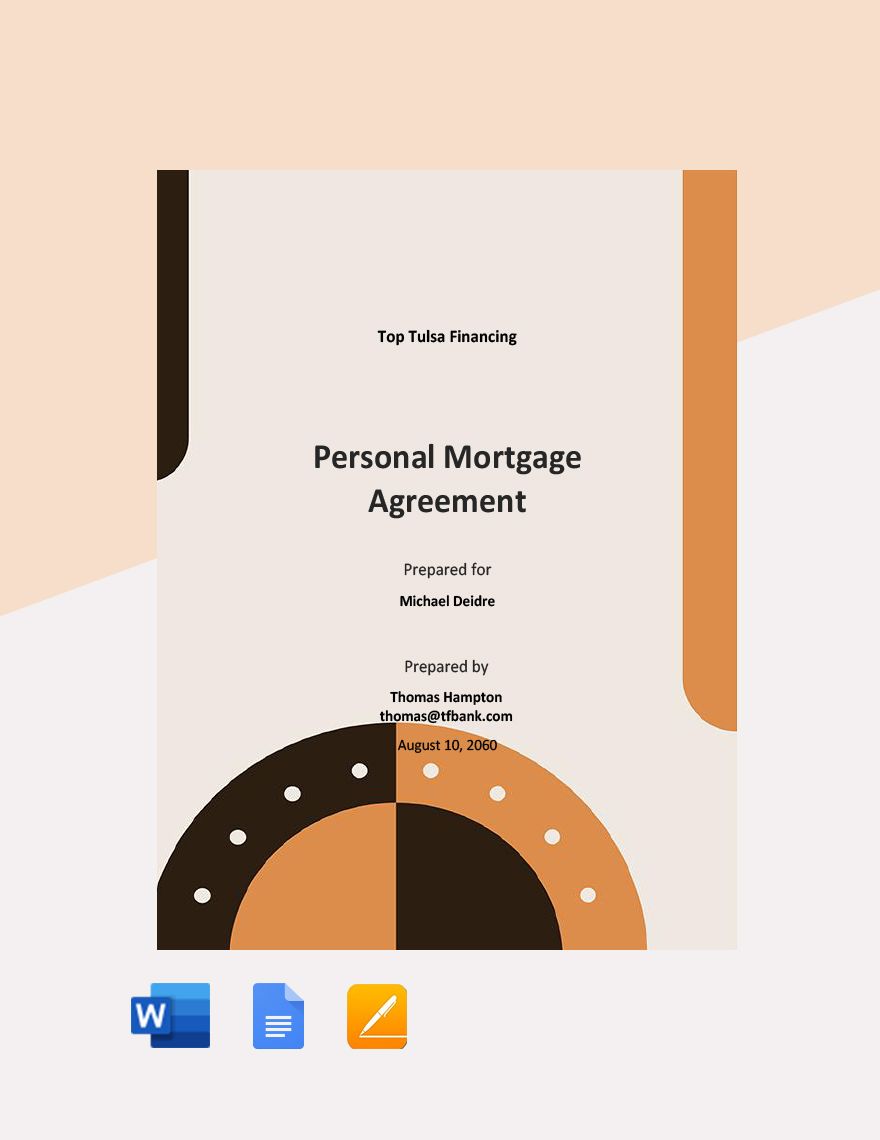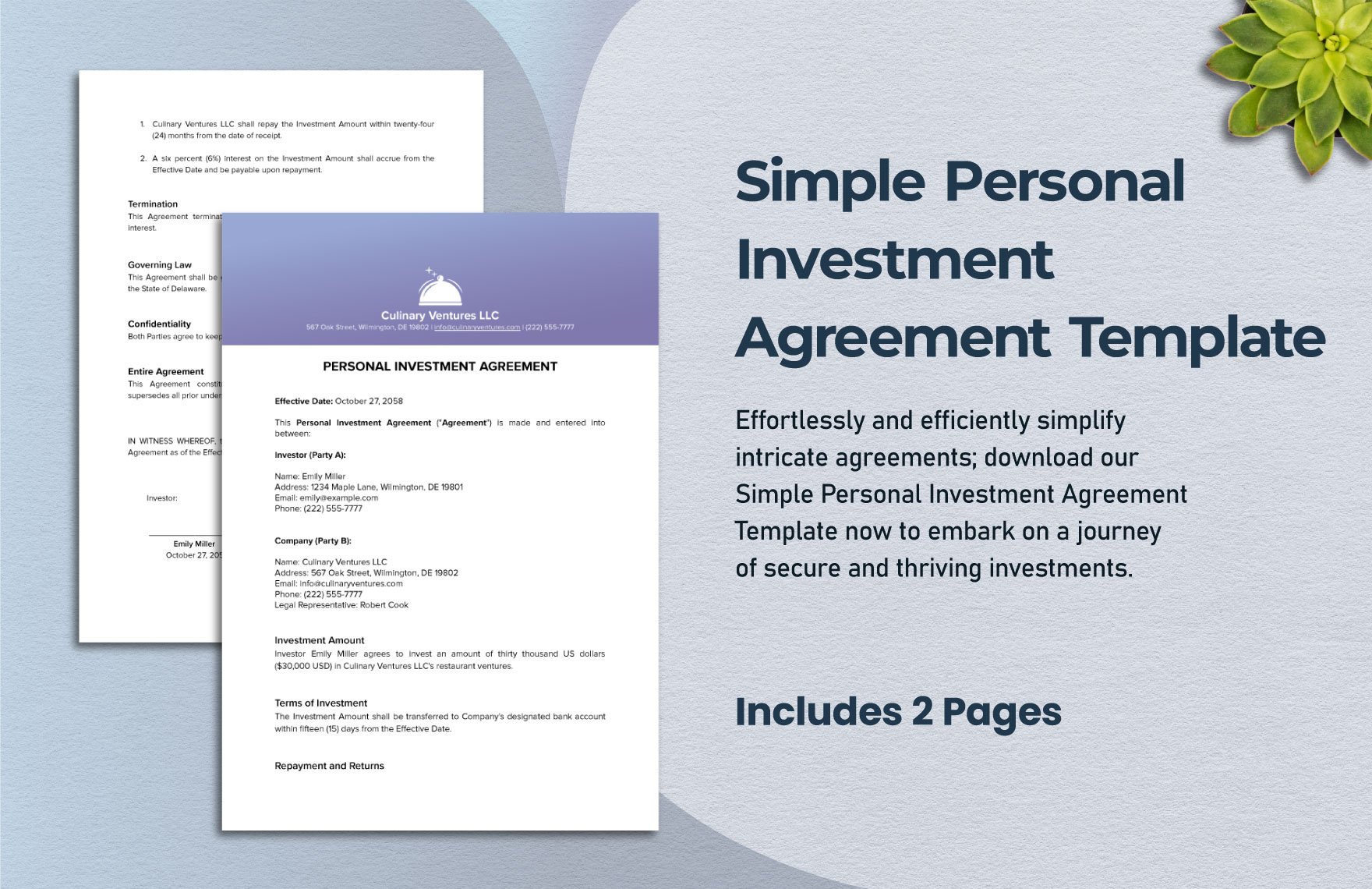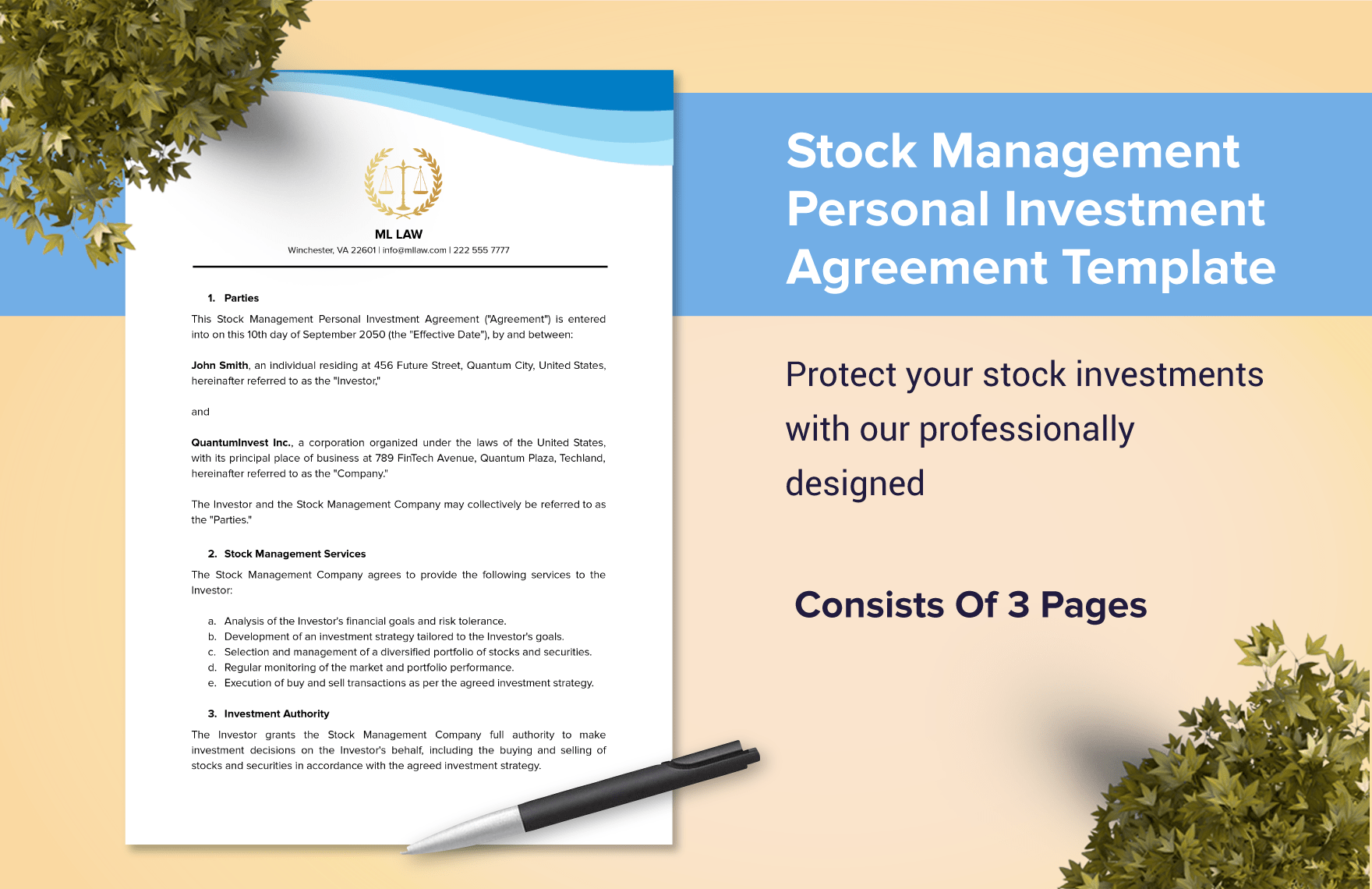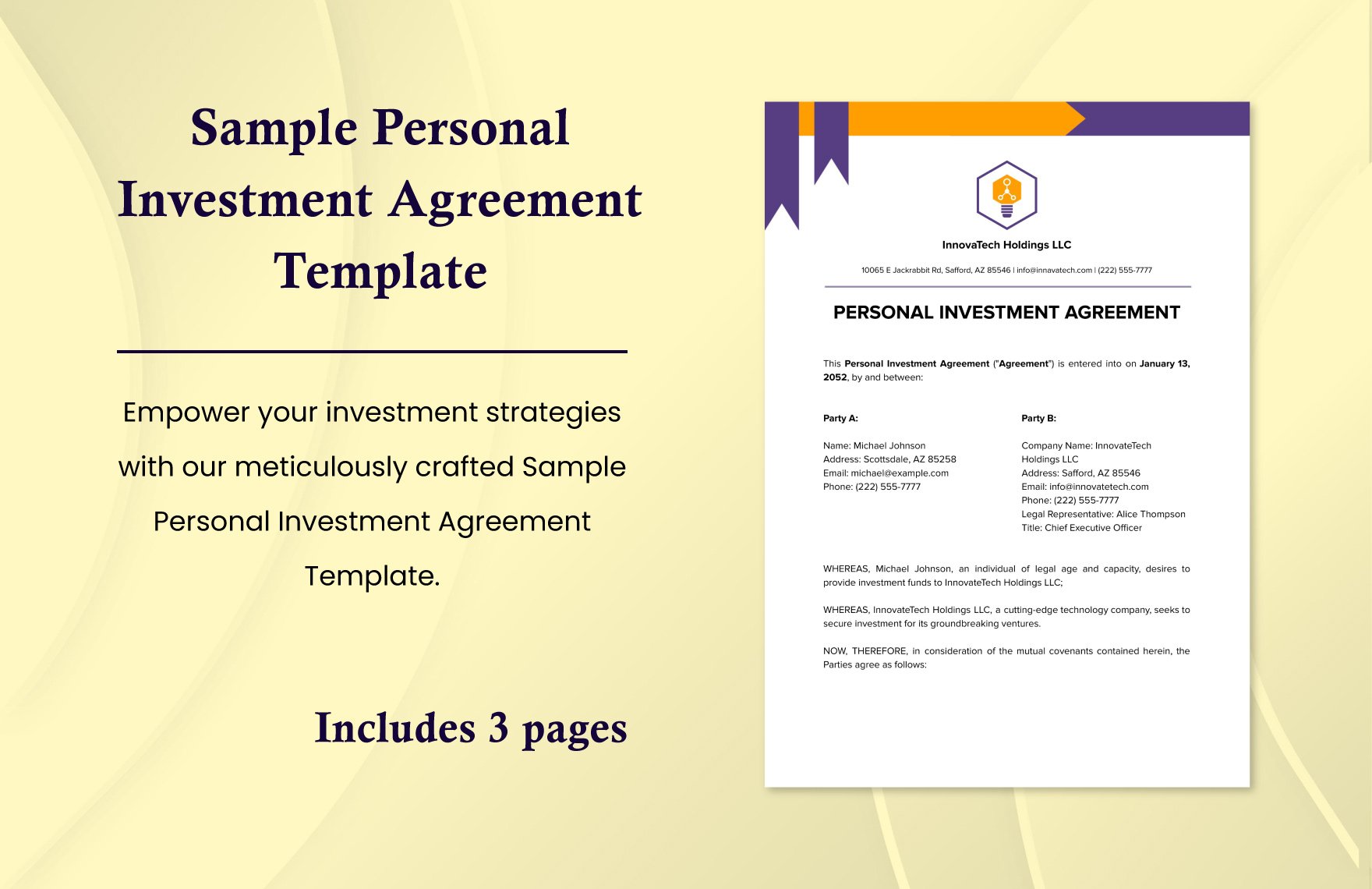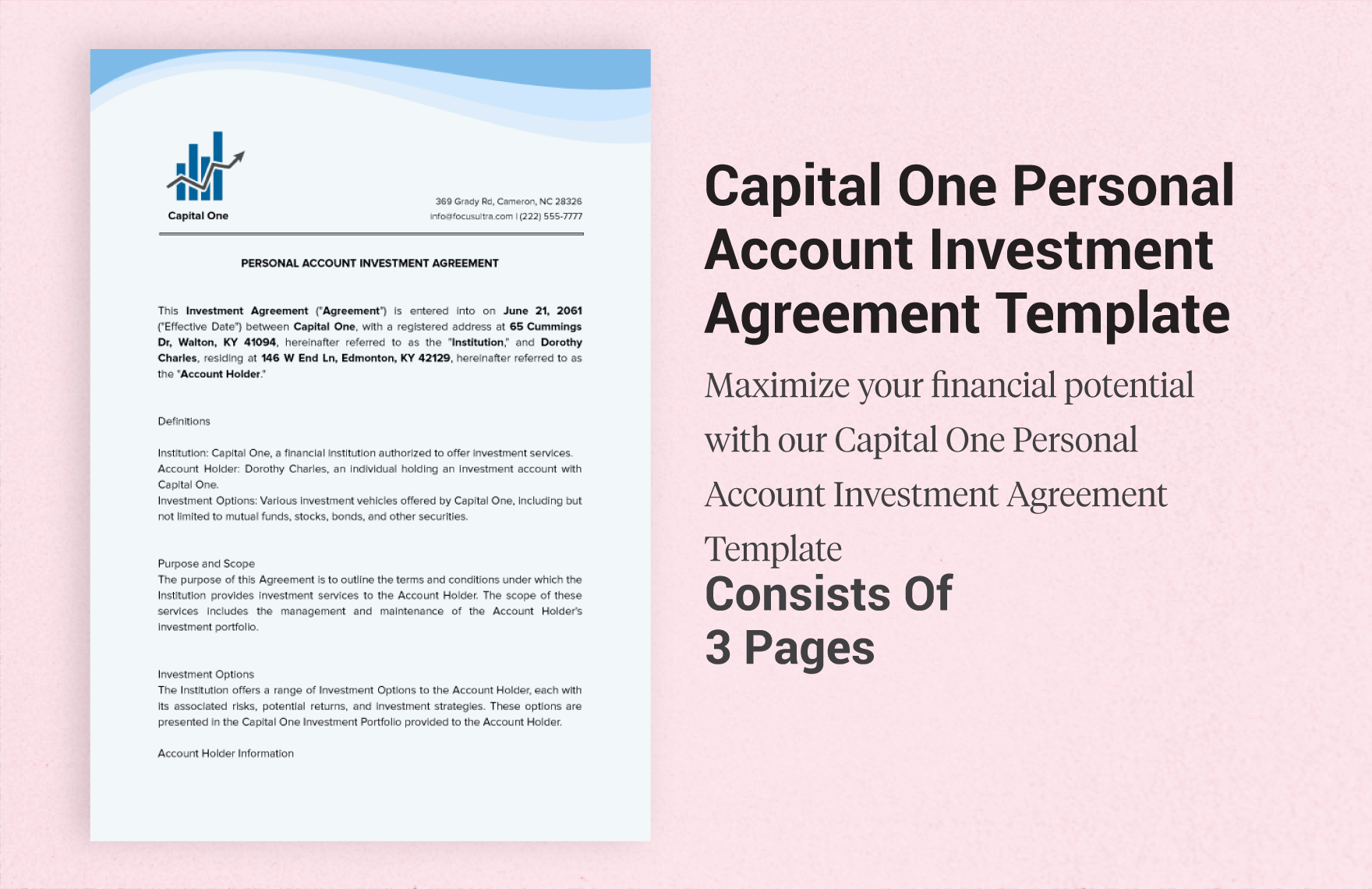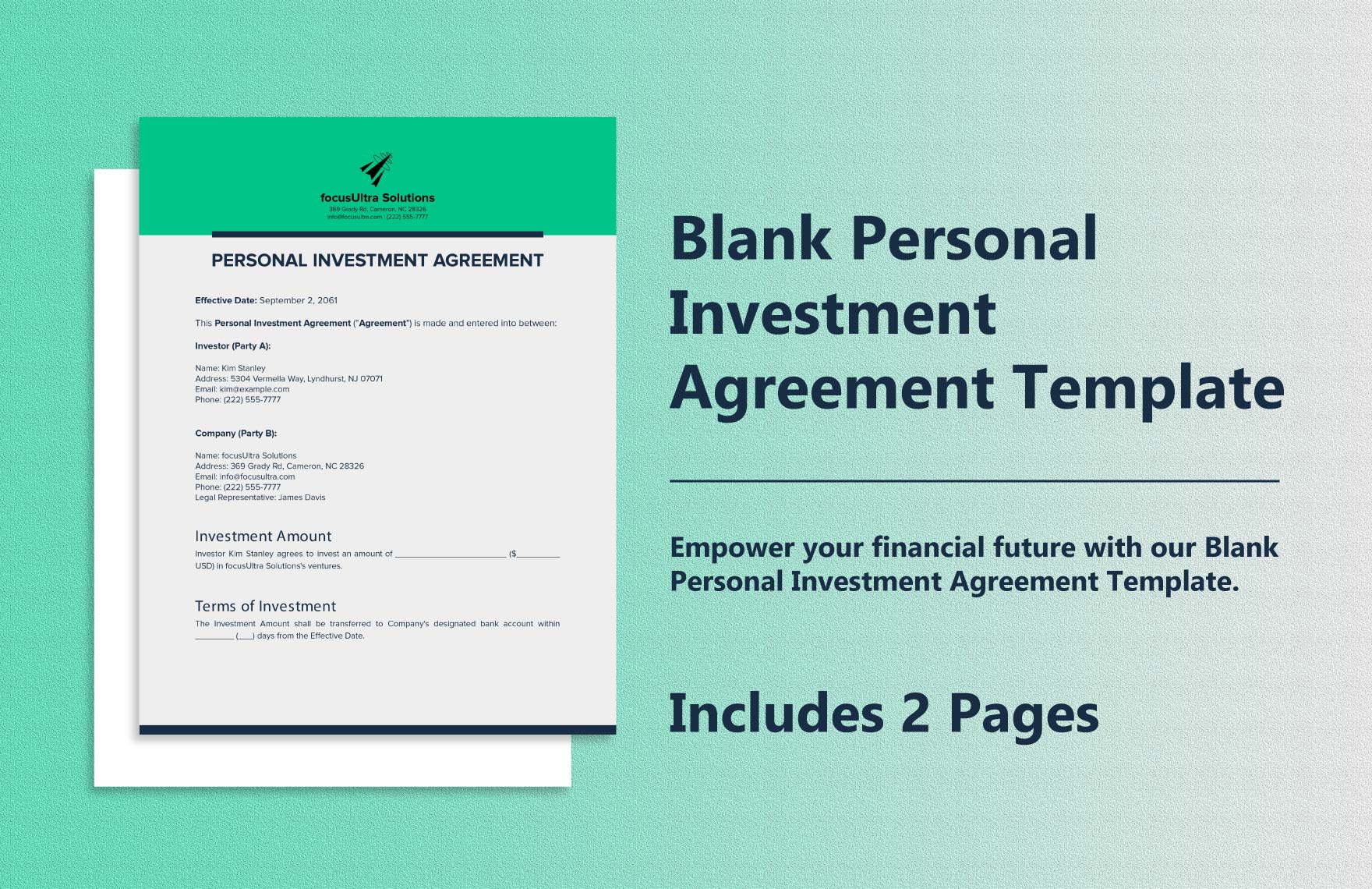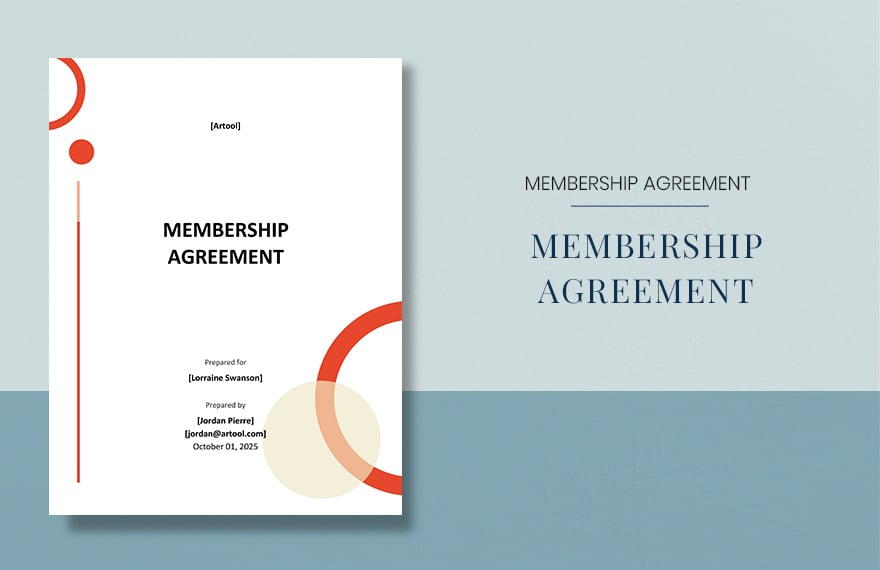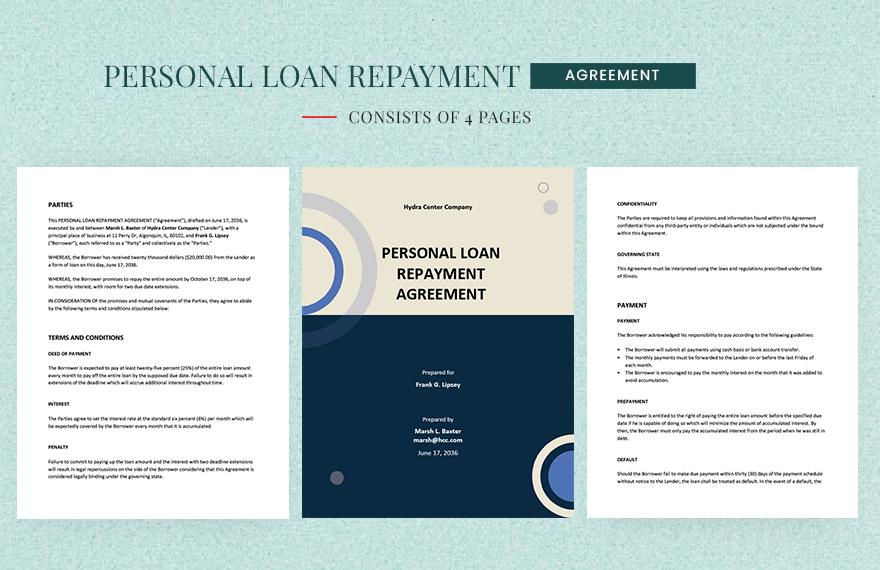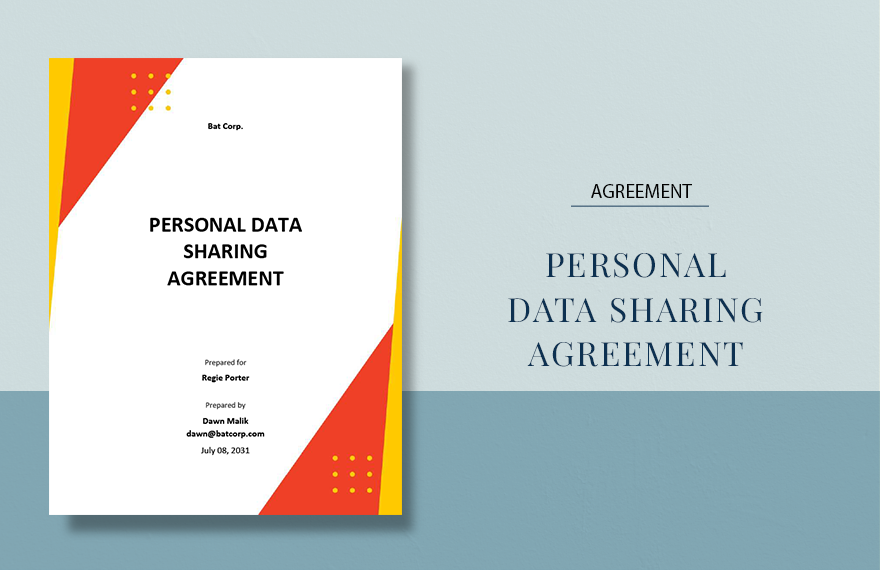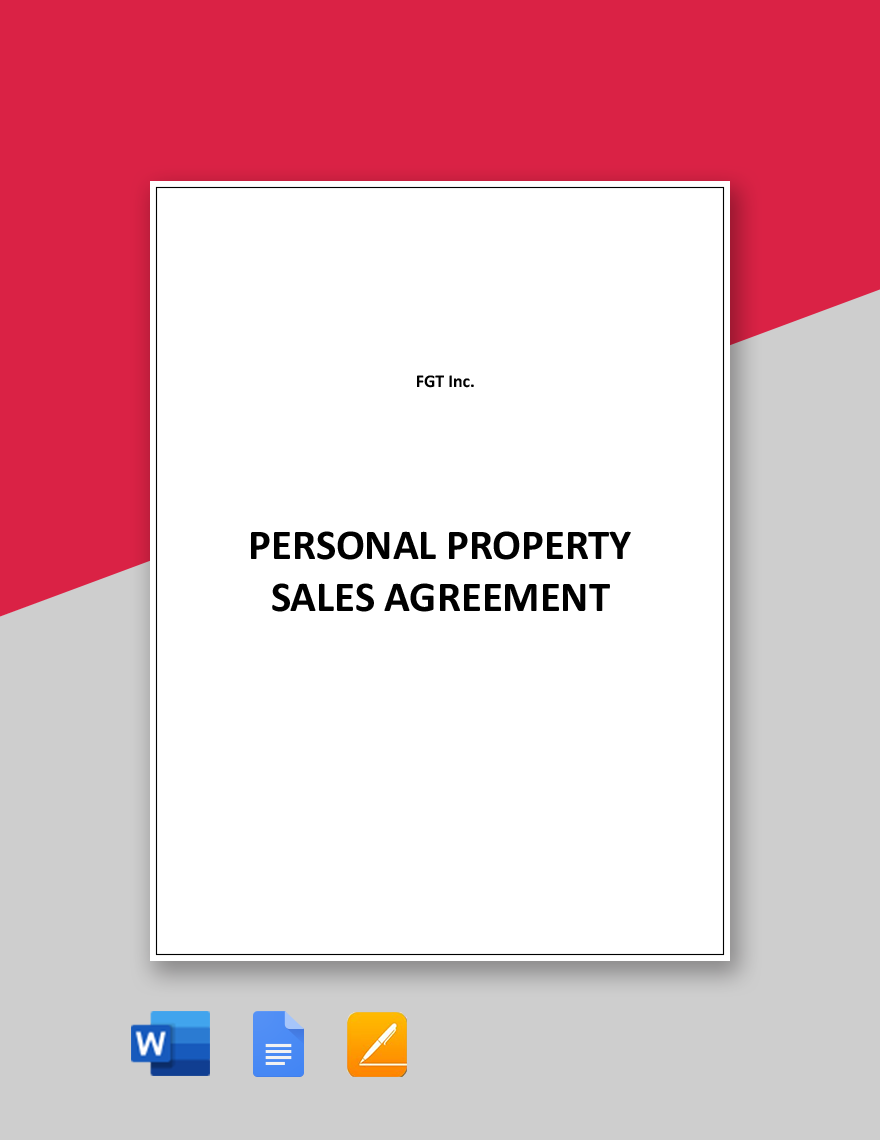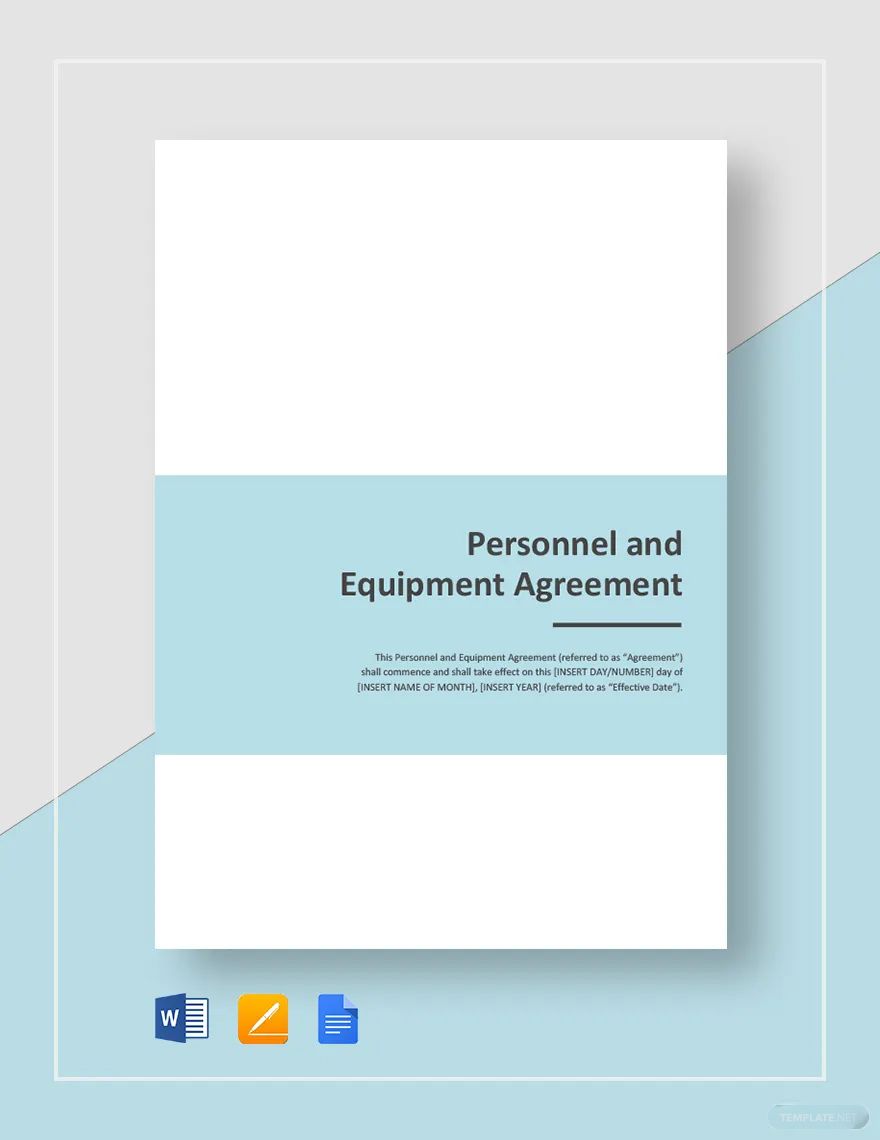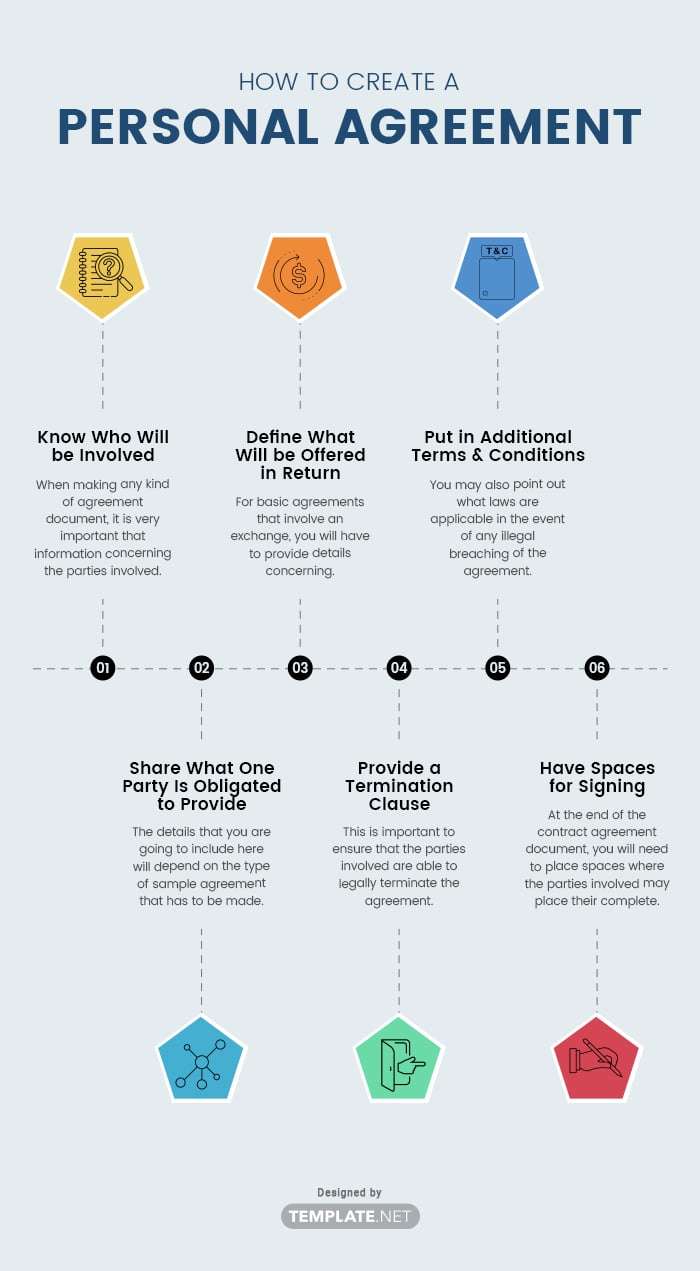Although there are many different types, the main purpose of this kind of agreement is to legally bind a specific individual into fulfilling whatever obligations he/she and another party have agreed on. A good example of such would be a loan agreement as the borrower will eventually be required to settle the repayment on an expected date. So long as all details regarding the exchange between the parties involved are included, this type of document guarantees that they are legally bound until all matters between them is settled.
1. Know Who Will be Involved
When making any kind of agreement document, it is very important that information concerning the parties involved as well as what roles they play are written down. Make sure that you are able to include their complete names along with any other additional information such as addresses or job position titles if deemed necessary.
2. Share What One Party Is Obligated to Provide
The details that you are going to include here will depend on the type of sample agreement that has to be made. For example, if you're making one for the purpose of debt repayment, then you will need to point out the exact amount that has to be paid, the payment date, the method of payment, etc. Also, make sure to clearly point out who is responsible for providing whatever is written in this section of the agreement.
3. Define What Will be Offered in Return
For basic agreements that involve an exchange, you will have to provide details concerning what one party will provide in return. This can come in the form of monetary payment or through other means such as via goods and/or services. If what's being offered in return is money, then explain the amount that has to be paid, the type of payment, the method of payment, and the date/dates of payment. If it will come in the form of goods/services, then be sure to provide their full legal descriptions and other details such as their quantity and how they will be provided.
4. Provide a Termination Clause
This is important to ensure that the parties involved are able to legally terminate the agreement should circumstances force them to do so. Point out things such as the step-by-step process of how either party may leave the agreement, what one or both parties are entitled to after the termination, the consequences for breaching the agreement, etc.
5. Put in Additional Terms and Conditions
This section of the agreement can act as a security measure for one or both of the parties involved. It is here where you typically find clauses that touch on the matter of how disputes should be handled or other terms such as non-disclosure or non-compete agreements. You may also point out what laws are applicable in the event of any illegal breaching of the agreement.
6. Have Spaces for Signing
At the end of the contract agreement document, you will need to place spaces where the parties involved may place their complete names and signatures. Having them both show that all obligations must be fulfilled and all terms and conditions have been accepted by the individuals that signed the document. Don't forget to include a space where either party may place the date in which they signed the agreement.
